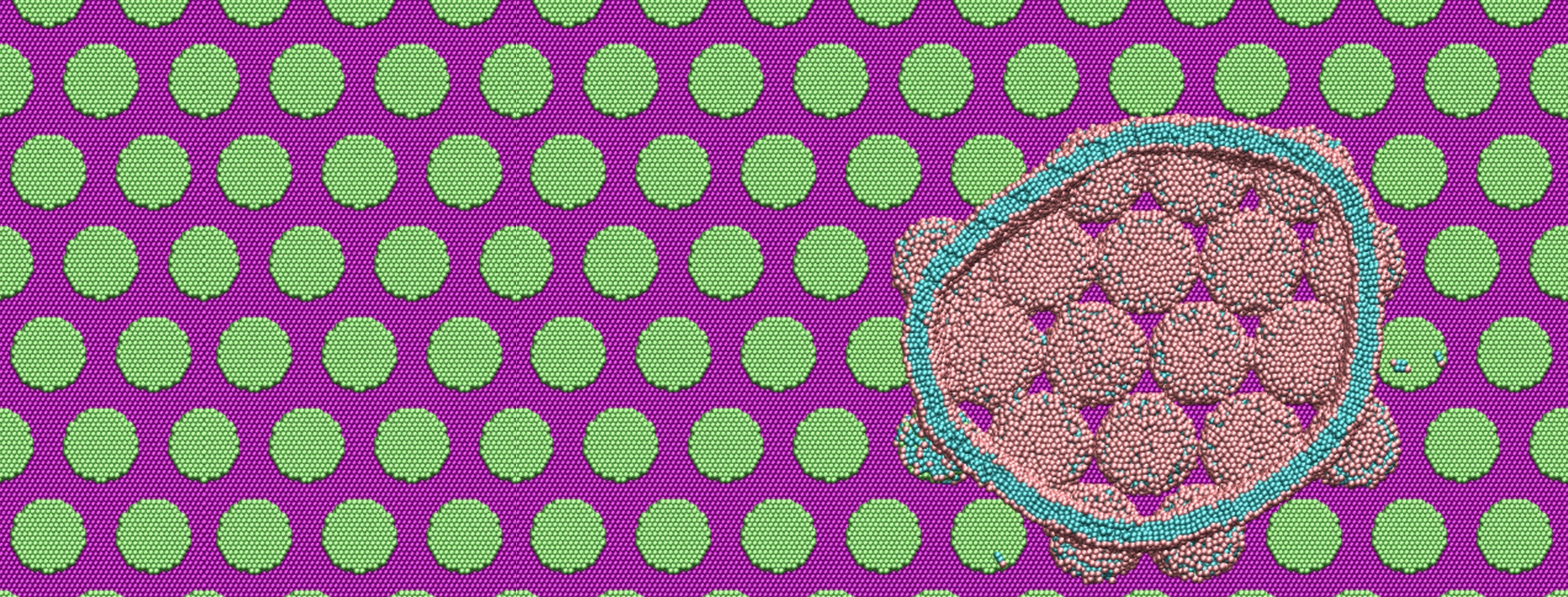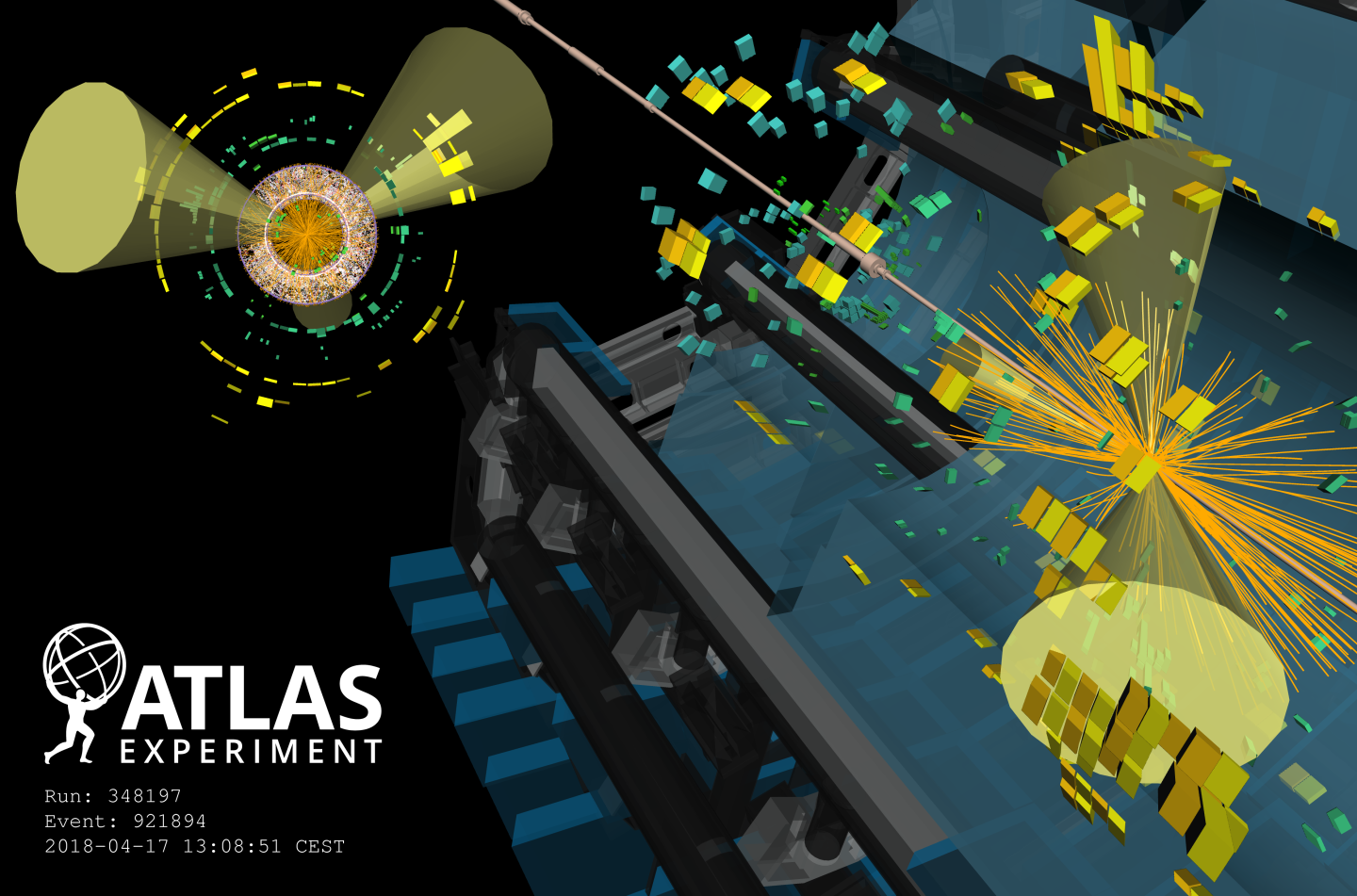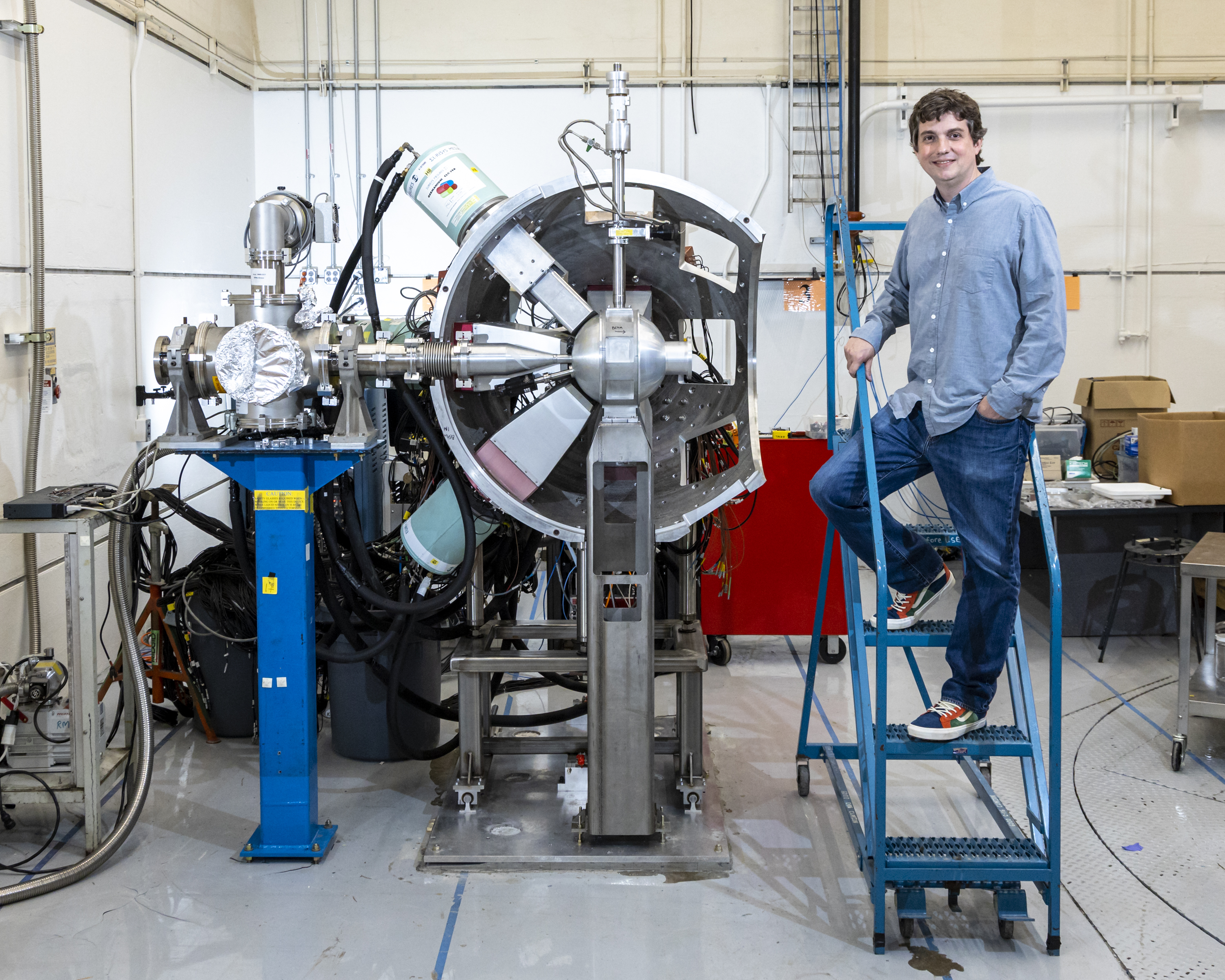You may have flown a flight simulator in a computer game or at a science museum. Landing without crashing is always the hardest part. But that’s nothing compared to the challenge that engineers are facing to develop a flight simulation of the very large vehicles necessary for humans to explore the surface of Mars. The Red Planet poses innumerable challenges to astronauts, not the least of which is getting there. That’s where the Department of Energy Office of Science’s user facility supercomputers come in. Researchers at DOE’s Oak Ridge Leadership Computing Facility (OLCF) are working with NASA engineers and scientists to simulate the process of slowing down a huge spacecraft as it moves towards Mars’ surface.
Tag: Oak Ridge Leadership Computing Facility
Charting the Night Sky with Exascale Computers
Creating multiple universes to see how they run might be tempting to scientists, but it’s obviously not possible. That is, as long as you need physical universes. If you can make do with virtual ones, there are far more options.

Scientists use ORNL’s Summit supercomputer to learn how cicada wings kill bacteria
Over the past decade, teams of engineers, chemists and biologists have analyzed the physical and chemical properties of cicada wings, hoping to unlock the secret of their ability to kill microbes on contact. If this function of nature can be replicated by science, it may lead to products with inherently antibacterial surfaces that are more effective than current chemical treatments.
Lab experiments support COVID-19 bradykinin storm theory
A new paper published in Nature Communications adds further evidence to the bradykinin storm theory of COVID-19’s viral pathogenesis — a theory that was posited two years ago by a team of researchers at the Department of Energy’s Oak Ridge National Laboratory.

Applying Quantum Computing to a Particle Process
A team of researchers at Lawrence Berkeley National Laboratory (Berkeley Lab) used a quantum computer to successfully simulate an aspect of particle collisions that is typically neglected in high-energy physics experiments, such as those that occur at CERN’s Large Hadron Collider.

Four Decades of Advancing Computing for Discovery
Forty years of the Office of Science’s investments in applied mathematics and computational sciences are paying off in world-class infrastructure and research, as described in the ASCR@40 report.

Mitch Allmond: Shaping a better fundamental understanding of matter
Profiled is Mitch Allmond of Oak Ridge National Laboratory, who conducts experiments and uses theoretical models to advance our understanding of the structure of atomic nuclei.
Closely spaced hydrogen atoms could facilitate superconductivity in ambient conditions
An international team of researchers has discovered the hydrogen atoms in a metal hydride material are much more tightly spaced than had been predicted for decades—a feature that could possibly facilitate superconductivity at or near room temperature and pressure. The scientists conducted neutron scattering experiments at the Department of Energy’s Oak Ridge National Laboratory on samples of zirconium vanadium hydride.